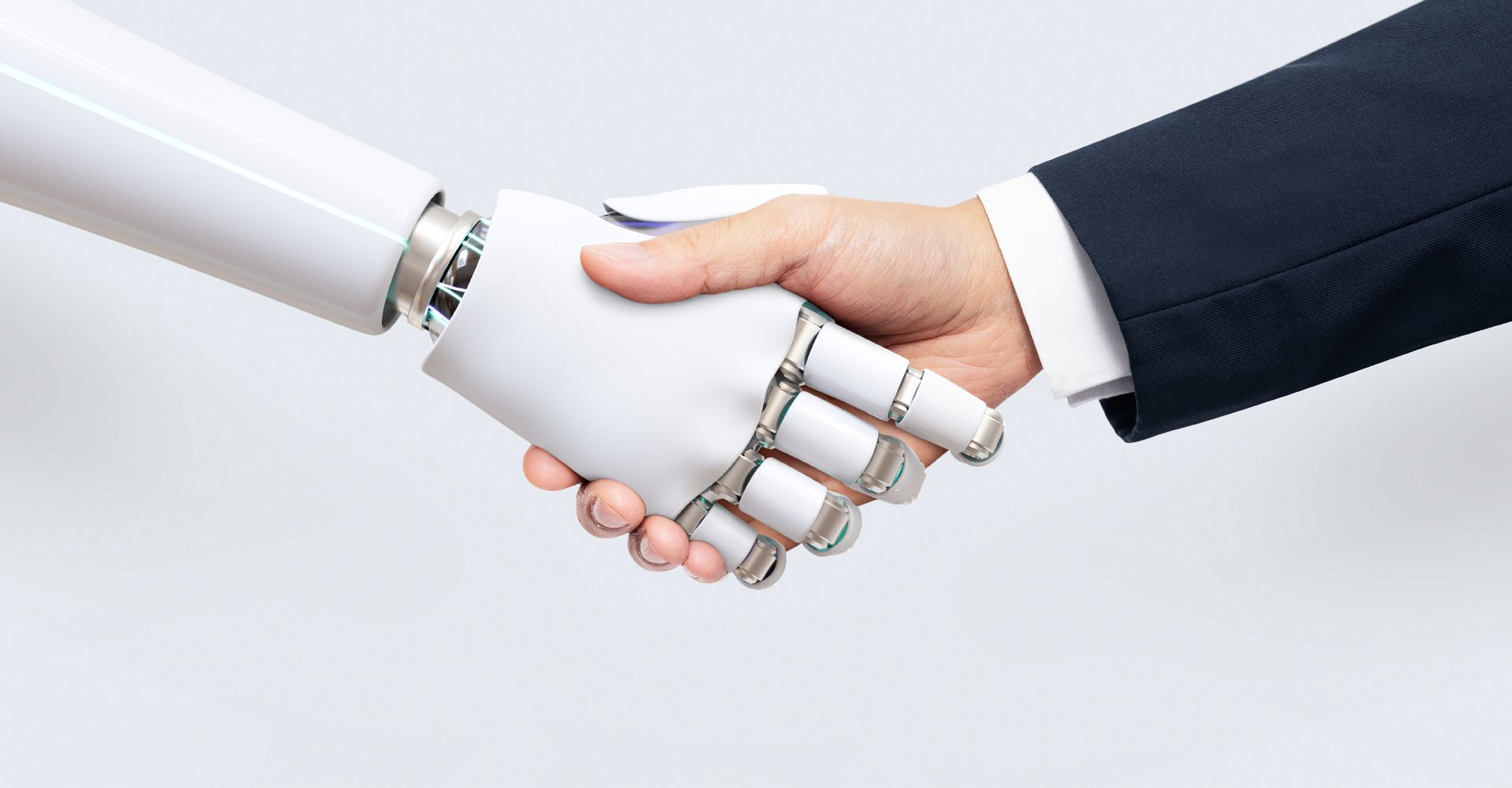
Can AI replace graphic designers?
Published by Admin on
Jan 15, 2024 8:26:33 AM
One of the hot topics in the digital age is exactly how many jobs could be replaced by automation or digitisation. It’s understandably worrying as people fear for their livelihoods and wonder where their skillset will fit into a future where some form of the digital process is present in every sector and every area of operation.
Creative thinking
An area where human talent and skill are coveted for the future is creativity. Creativity is alternative or imaginative thinking, creating novel ideas or using unique ideas to create something new. Creativity requires looking at things from a different perspective and the ability to transcend traditional boundaries. Surely, there’s no way a computer can do that…or can it?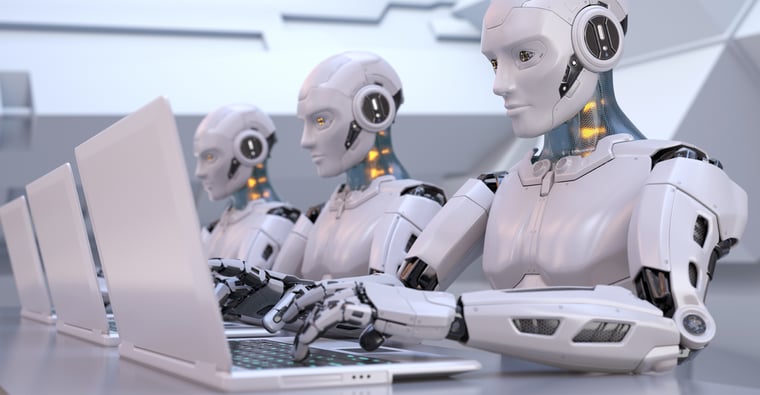
Artificial intelligence and machine learning have grown in leaps and bounds in recent years. We might think of AI as something in a science fiction movie but the truth is that it's in our everyday lives. Voice assistants on smartphones, streaming apps, navigation apps, and facial recognition are all examples of technology that use AI. It is capable of cognitive engagement, cognitive insight and process automation but the boundaries of machine learning have been pushed to the limit with experiments in creativity.
According to IBM, Creativity may be the ultimate moonshot for artificial intelligence.
Graphic design is a field of creative work that remains in high demand. Humans are creatures who learn visually and the cliche of a picture being worth a thousand words is certainly true for the designers who create the visual elements we don’t even realise we appreciate in the world. From menus to logos, and packaging to the title designs of our favourite TV shows, graphic designers are masters of visual communication.
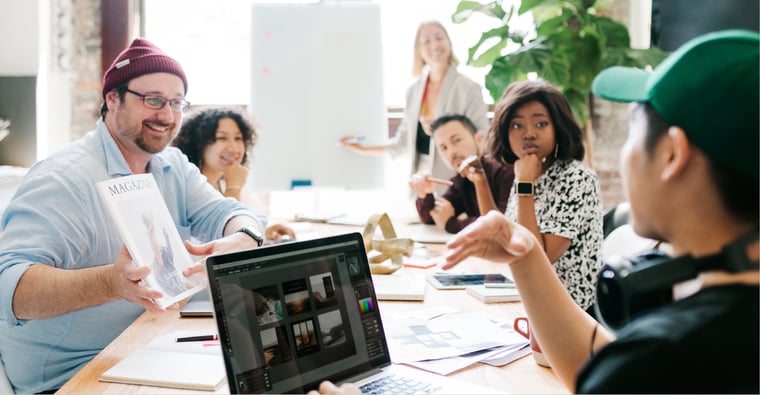
See the potential
It was no surprise when the world’s attention was captured by a project called Nutella Unica where an AI algorithm designed seven million unique versions of Nutella’s graphic identity. The designs were used for packaging and the jars are now collectable items. The project proved that AI could take existing graphic design information and creatively present new iterations.
This example shouldn’t have graphic designers in a panic over their job security. What AI can’t do is listen to clients, have empathy, observe real-world situations, frame a problem and then find appropriate solutions. It can’t read between the lines of communication or consider the effect of the end result on the target audience. And these are the core elements of creativity that human graphic designers still offer the world.
AI isn’t going to replace graphic designers but what it can do is complement and enrich their work. And it’s already begun.
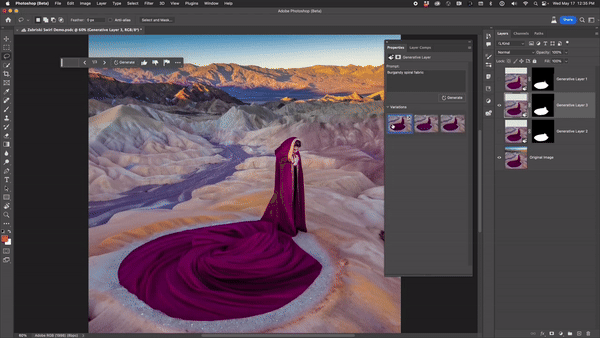
Working smarter, not harder
Design work can be time-consuming, especially with small tasks that pile up. AI can boost efficiency for designers by taking over some of the little things like producing graphics in different languages. This work still requires the oversight of the human designer to process and deliver the work but it does free up their time to focus on creative thinking.
Most graphic designers already enjoy smart tools in the technology they use for design. It can enhance images, create colour palettes, and automatically resize elements. It doesn’t detract from any of the originality of their ideas but it does help refine their work without taking up precious time. The designer still has the final say as editor and controller of the project.
AI can also help designers be more creative. It can analyse data and offer suggestions on adjustments for designs. It can speed up design prototyping, giving the designer a chance to look at multiple ideas quickly and then cherry-pick which elements or iterations can be developed further.
A human connection
Technology shouldn’t endeavour to replace the human connection and experience in creativity, especially in graphic design. Instead, it presents an opportunity to deepen that connection and enhance the experience by sharpening the focus on that abstract thinking that brings imagination to life. This is something we at Twinbru understand as our 3D fabric textures create this same opportunity for the textile industry and creative ventures that make use of fabrics.
 Enriched creativity
Enriched creativity
Our goal isn’t to replace physical fabrics but rather to use our expert knowledge of them to create digital replicas that give designers the power to create realistic digital visualisations where one can enjoy the true-to-life colours and textures of the fabric. Additionally, our 3D fabric textures carry data of each fabric, making it easier to present selections and order with precise calculations. With hundreds of fabrics available on our partner platforms, designers can enjoy a similar level of efficiency and enriched creativity from fabric digital twins that they would use AI in other tools.
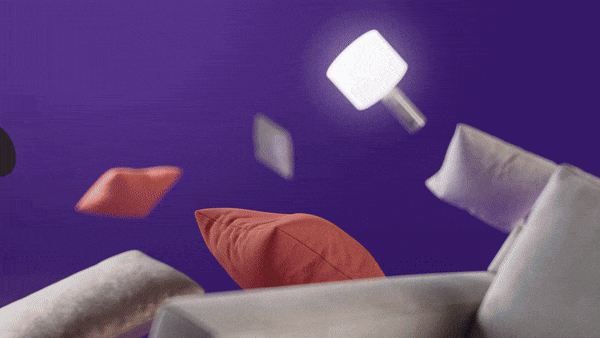
At the end of the day, a machine or algorithm can only do what it's told with the data it is given in the parameters provided. Graphic designers can easily maximise their potential by continuously learning, pushing the boundaries of their creativity and embracing the advantages of technology like AI. It can never replace creative spark but it sure can take the work to the next level. Explore our 3D fabric textures on textures.twinbru.com and unleash your creativity to create your own stunning visuals.
Tags:
3D Visualisation,
3D Modeling,
Technology,
Interior Concepts,
3D Design,
3D Fabric Textures,
3D Printing,
Artificial intelligence,
AI,
Digitisation,
Creativity,
Machine learning,
Creative thinking